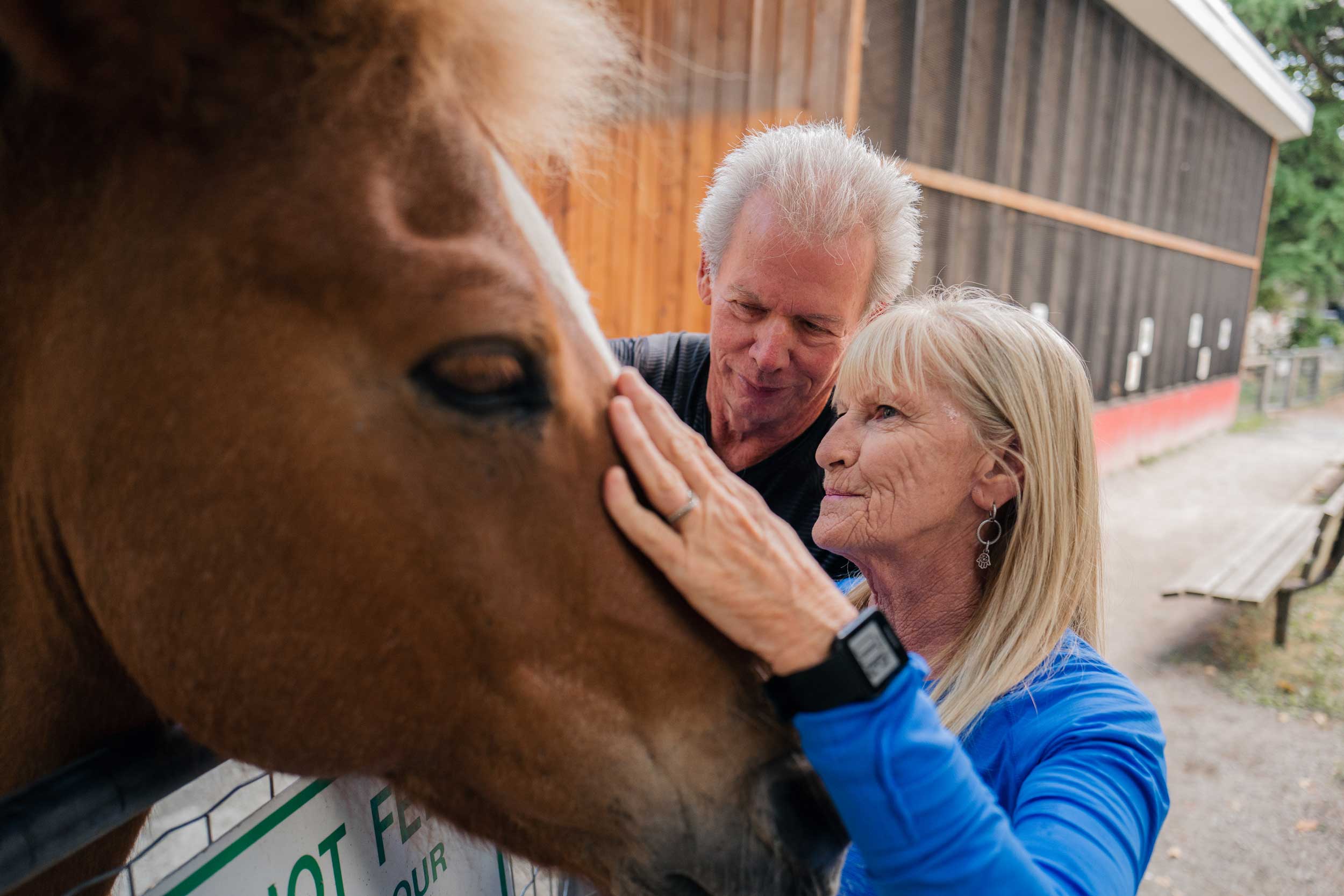Our stories
Beyond just relevant information about Bristol Myers Squibb's therapeutic areas and innovation,
Our stories offers a window into the work our employees do every day for patients.
Explore all our stories
Subscribe to Our stories alerts
Beyond just relevant information about Bristol Myers Squibb's therapeutic areas and innovation, Our stories offer a window into the work our employees do every day for patients.













